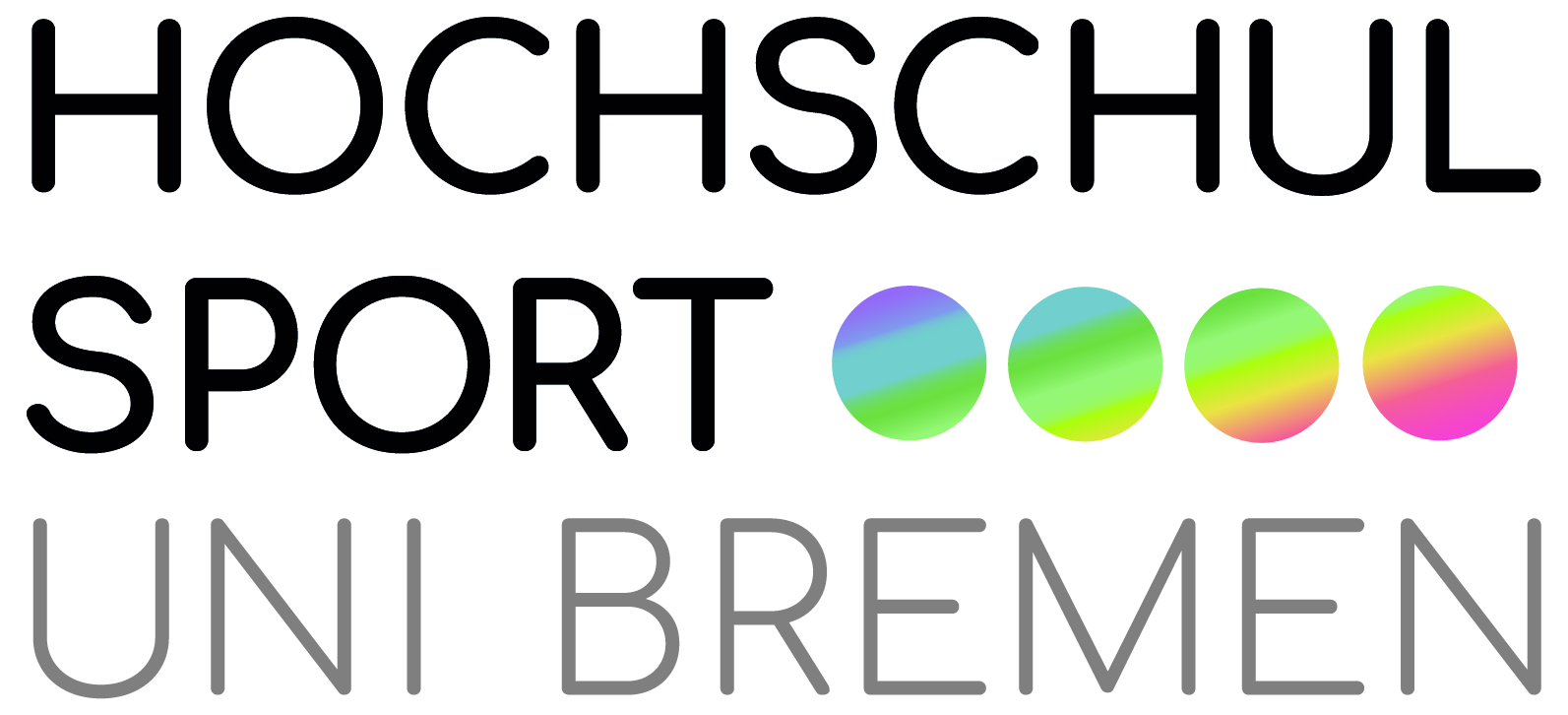Recently, the sounding rocket Maser-12 from the Esrange Space Center near the town of Kiruna in North West Sweden was launched for a six-minute flight to carry out experiments under conditions of zero gravity. One of the on-board experiments was organized by the Center for Applied Space Technology and Microgravity, (ZARM), at the University of Bremen. The experiment has been set up to examine the processes triggered when liquid is heated spontaneously. The results will help scientists understand what happens in the fuel tank of a space vehicle when it is exposed to extreme heat.
The experiment, called SOURCE 2 (Sounding Rocket Compere Experiment), is the second within a test series run by the European Space Agency (ESA) to find out how test liquid reacts in a container with extremely different temperature zones. In an simple everyday context, this is s little like observing the phenomena of boiling water inside a kettle. Water comes to boiling point at the hottest place in the kettle. In the process of evaporation, bubbles are formed which rise out of the liquid in the form of steam. Some of this hot steam comes to rest on the cooler cover of the kettle, where it condenses to become water once more. Scientists now want to observe these evaporation and condensation effects under conditions of zero gravity.
The evaluation of all the data obtained during the three-minute experiment is likely to take many months. The ZARM team expects to gain further important insights and clues to the right tank design for future rocket engines driven by fuels containing liquid hydrogen or oxygen.
Back in May 2008, a previous six-minute experiment carried out on board the MASER-11 under zero gravity delivered valuable data from the first SOURCE experiment. Both experiments are embedded in the “Microgravity Application Program” AO-2004-111 (Convective boiling and condensation) run by ESA. SOURCE 2 was carried out in cooperation with Air Liquide Grenoble, Toulouse IMFT and EADS Astrium, Bremen. The hardware and the flight were financed by the European Space Agency (ESA), and the ZARM team of scientists were funded by the German Aerospace Center (DLR).
More information on the experiment is available under www.zarm.uni-bremen.de
Bildunterschrift:


